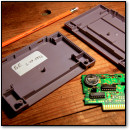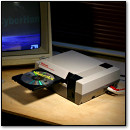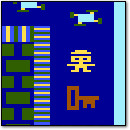Woman Needs Help with ASCII Banner for Uncle’s Memorial
Wednesday, May 8th, 2013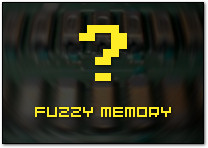 Just today I received an email asking for help in producing an ASCII-art style printed banner for a memorial service that will take place this Saturday, May 11th, 2013. They will be honoring a lifetime IBM veteran who passed away recently at the age of 69.
Just today I received an email asking for help in producing an ASCII-art style printed banner for a memorial service that will take place this Saturday, May 11th, 2013. They will be honoring a lifetime IBM veteran who passed away recently at the age of 69.
I have a few ideas on how to do it, but I’m short on time this week, so I’m hoping someone out there can help her. Here is her email (posted with permission):
Hello. My uncle recently passed away quite unexpectedly at the age of 69. We are holding his memorial on Saturday, May 11th. I have been racking my brain on a way to honor him at his memorial. My uncle was a lifetime IBM employee and computer pioneer.
In 1979, when I was 9 years old, he gave me a banner for my birthday. It was from the old dot matrix printers. It had a silhouette of Snoopy on the top of his dog house and it said “Happy Birthday Chimene”. I literally thought it was the coolest thing. This was before home computers and home printers for our family. The letters were made with x or o or maybe dashes. Because my brain had no conceptual framework for the world of computers, I literally wondered if it was created by magic.
I would like to have one of these made for my uncle for his memorial. Do you have any idea how I could go about getting this done? I am not tech savvy so I would love to find someone that can do this for me and do it quickly. I know that there would be no better way for me to honor my uncle and I am desperate to find a way to get this done. Any help you can provide would be so greatly appreciated.
Chimene
Post your suggestions or offers to help in the comments, and Chimene will keep an eye on them. I’ll pass along your email address (leave it in the comment form) if she wants to contact you further.
[Update – I helped Chimene construct a banner using “banner” for *nix systems and an old Snoopy ASCII art drawing. She later sent me a photo of the print-out, which she used at the service. ]
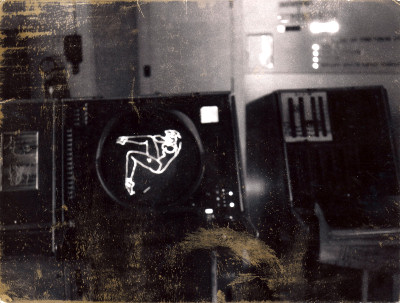

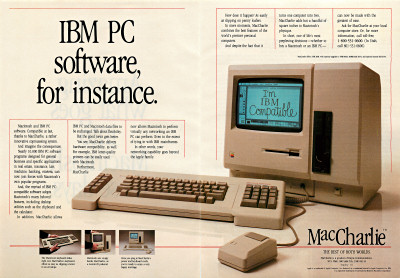
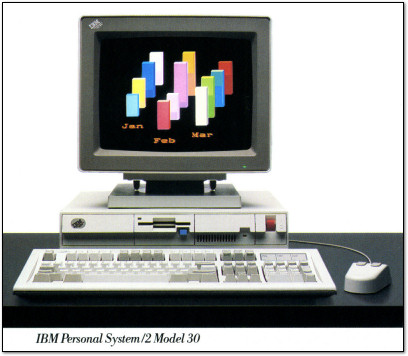
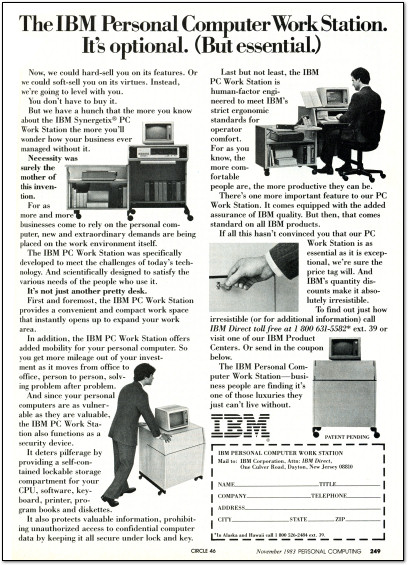
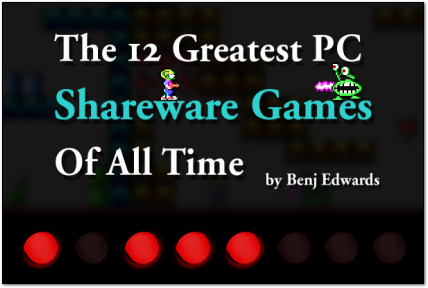
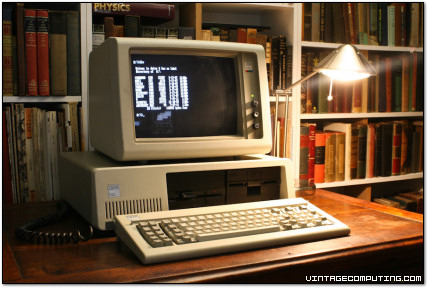
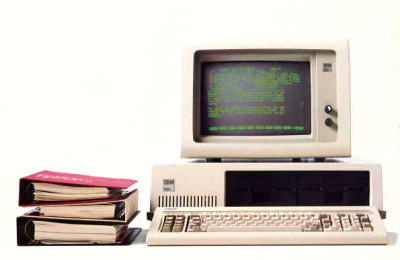
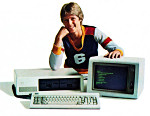 Much ballyhoo has been made, for example, about how IBM lost its grip on the PC’s direction as clones flooded the market. From a different perspective, that runaway-freight-train-of-a-platform is a success story for IBM.
Much ballyhoo has been made, for example, about how IBM lost its grip on the PC’s direction as clones flooded the market. From a different perspective, that runaway-freight-train-of-a-platform is a success story for IBM.
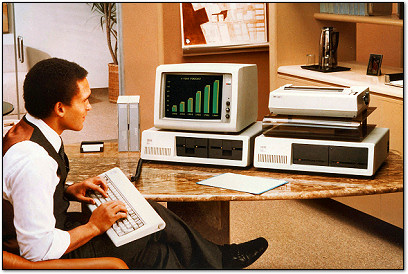
 Tomorrow is Thanksgiving in the United States, which means we cook a lot, eat a lot, sleep a lot, feel uncomfortable around somewhat estranged relatives a lot, prepare to spend a lot, officially start Christmas a lot, and generally take it all for granted, despite the title of the holiday. In order to break with American tradition, I thought I’d offer a personal list of things that I think we — vintage computer and video game enthusiasts — should be thankful for. After all, these things let us enjoy our hobbies. Without them, we’d be collecting dirt and not even know what it’s called. Pay attention, my friends, as we start off serious-ish and degrade into something resembling silliness — but it’s all in the name of holiday fun.
Tomorrow is Thanksgiving in the United States, which means we cook a lot, eat a lot, sleep a lot, feel uncomfortable around somewhat estranged relatives a lot, prepare to spend a lot, officially start Christmas a lot, and generally take it all for granted, despite the title of the holiday. In order to break with American tradition, I thought I’d offer a personal list of things that I think we — vintage computer and video game enthusiasts — should be thankful for. After all, these things let us enjoy our hobbies. Without them, we’d be collecting dirt and not even know what it’s called. Pay attention, my friends, as we start off serious-ish and degrade into something resembling silliness — but it’s all in the name of holiday fun.


